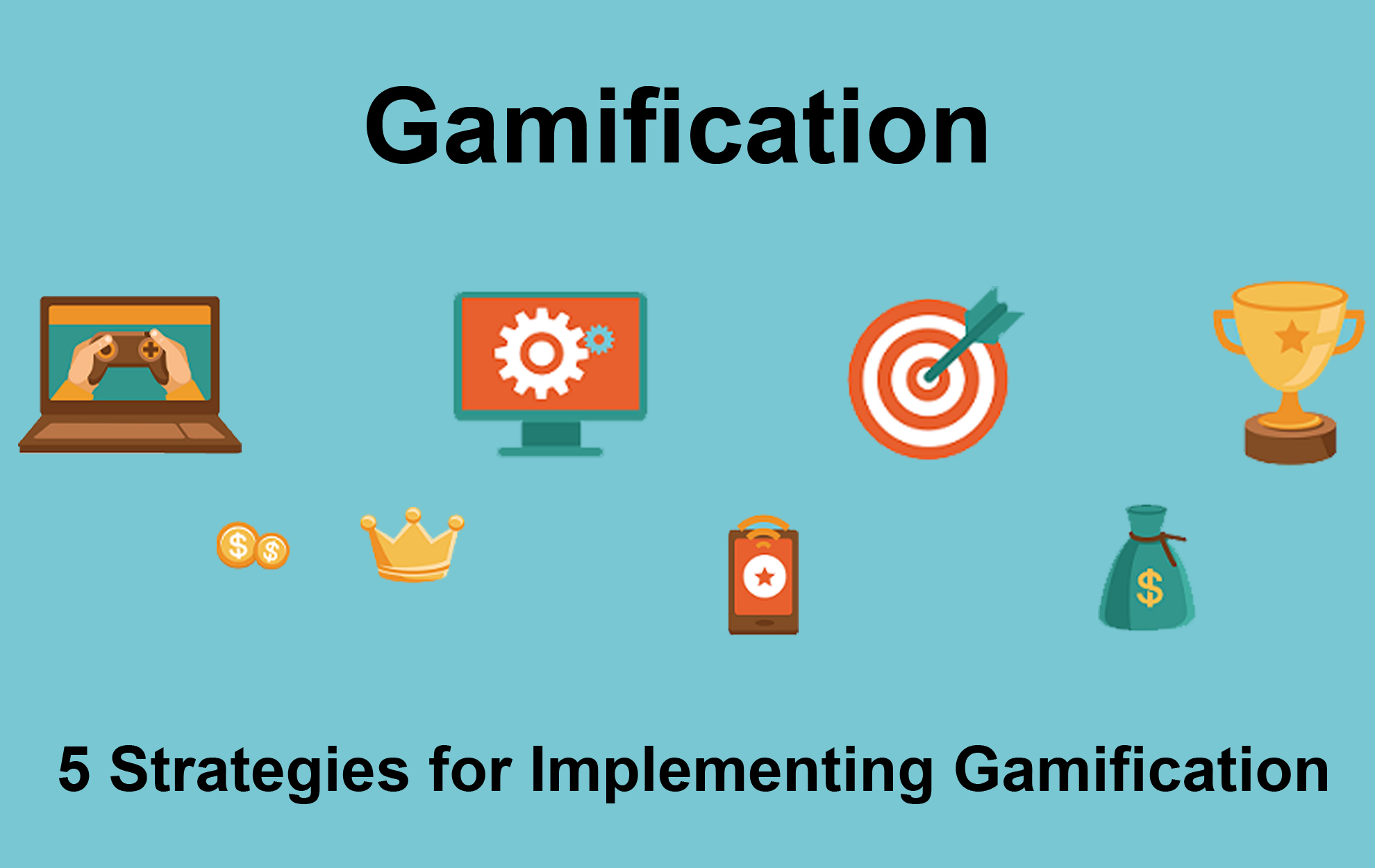Know These 5 Strategies for Implementing Gamification
What is Gamification?
Gamification is simply integrating games in real life situations where games cannot be played.
Popularity of gamification has been increasing every year with organizations like IBM introducing it to their training programs, Microsoft using popular games like Minecraft to provide a more visual learning curve in programming courses.
Below are 5 strategies to introduce gamification in Learning process:
1. Having crystal clear goals.
Before you start out on anything, the most important part is thinking about what would be your end goal. Microsoft integrated gamification into corporate environment by using it to train their call center employees.
Their goal was to introduce a system that makes learning more fun, meaningful and interesting. Also, this was implemented to increase the skill levels in the corporate environment.
They implemented features like leader boards to increase competitiveness and overall skills of the employees.
What was their end result?
- Increase in employee productivity by 10-15%
- More awareness and sense of responsibility among the employees
2. Making it fun
Carefully planned out features of the games can result in overall productivity and making learning a fun process across all environments.
Features likes achievement badges, leader boards, ranking system make gamification in learning and development a successful process for training environments.
Moreover, rewarding the user upon completing some specific tasks results in better retention rates, more productivity and makes learning easier.
Remember getting a candy when you completed your homework? Yeah.
3. Use gamification to increase communication
Team based gamification can increase social interactions, improve communication skills and synergy in an organization.
Moreover, team-based gamification can increase knowledge sharing amongst the learners which in return improvises the learning process and gives more returns.
4. Break down the learning process into small chunks
No matter how fun the process might get, but just like food, one cannot eat and digest all knowledge at once. The process needs to be divided into small modules so that the learners do not feel overwhelmed
How can gamification impact training in a corporate environment?
- Gamification in education and business improves retention and recall rates.
- Gamification brings the integration of various multimedia elements like pictures, sounds and interactions with game elements. All these allow one to create a more retainable representation of what they have learned. This also increases training speeds.
- It requires lesser resources than the traditional learning process
Traditionally you need a room and sitting arrangements in order to train/ teach newbies but introducing gamification in training and development in this process make it less resource intensive. All you need is an electronic device and you’re ready to learn.
- It creates a positive learning environment.
Traditional classrooms see less employee attendance as they might not be interested in attending the long hours of the classes.
Implementing game mechanics makes learning more intuitive and fun.
After all, we all loved the games period in school, didn’t we?
5. It is future proof
As long as the entire learning cycle doesn’t change, no changes are needed or very minor changes are needed to train new employees. This saves time and resources which are crucial to any organization.
Below are some statistics about gamification across all fields to show how effective it is across all environments.
Gamification in Employee training
- 80% of the employees believe that gamification is more engaging.
- Gamification increases the productivity by 50%.
- Gamification provides a great way of employee management. Note that poor employee management leads to failures in 50% of the small organizations.
- It increases retention and recall rates in employees by 60%.
Gamification in Operations
- 97% employees above the age of 45 agree that gamification improves work, 87% agree that it makes them more productive.
- 80% employees use gamification software at work
- 50%of the startups are integrating gamification at work.
It’s time we re-think and apply gamification for employee training and development to take advantage of it!

